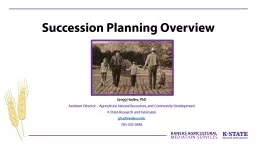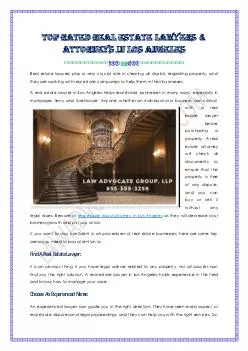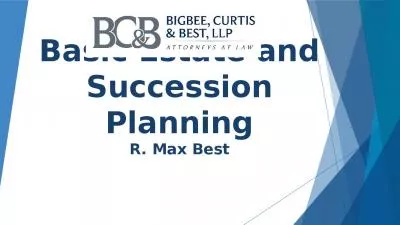PPT-Super & Estate Planning Strategies under the New $1.6m
Author : trish-goza | Published Date : 2017-08-27
IPA DISCUSSION GROUP SYDNEY Ben Symons Barrister State Chambers Overview of Estate Planning Purpose 1 Protect assets in the event of bankruptcy marital breakdown
Presentation Embed Code
Download Presentation
Download Presentation The PPT/PDF document "Super & Estate Planning Strategies u..." is the property of its rightful owner. Permission is granted to download and print the materials on this website for personal, non-commercial use only, and to display it on your personal computer provided you do not modify the materials and that you retain all copyright notices contained in the materials. By downloading content from our website, you accept the terms of this agreement.
Super & Estate Planning Strategies under the New $1.6m: Transcript
Download Rules Of Document
"Super & Estate Planning Strategies under the New $1.6m"The content belongs to its owner. You may download and print it for personal use, without modification, and keep all copyright notices. By downloading, you agree to these terms.
Related Documents














